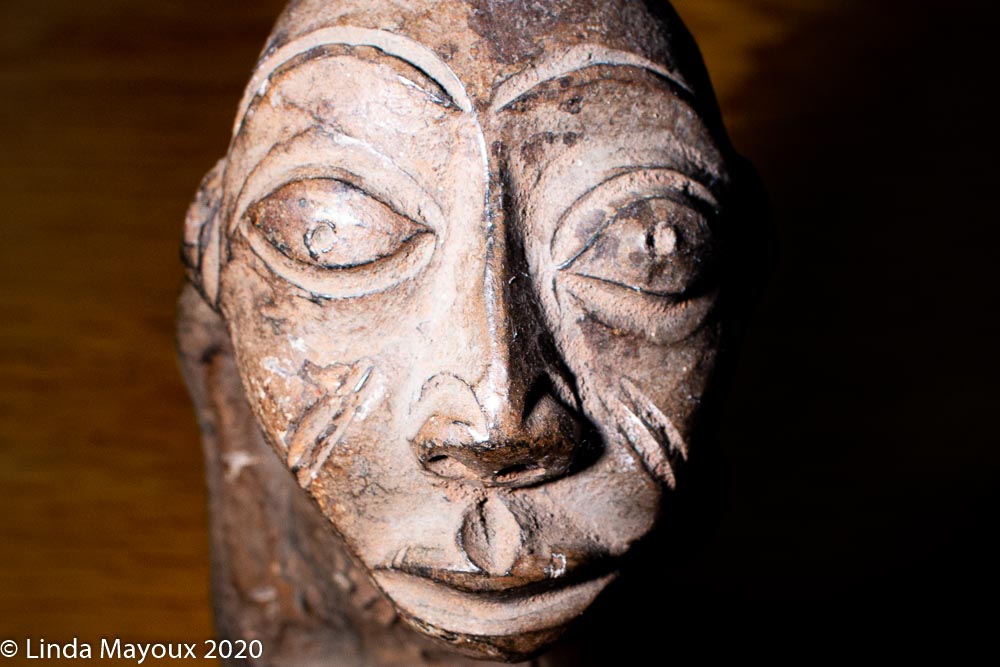This project asked me to produce two quick looped experiments to explore disrupting registration and continuity. Then to my experiments onto my learning log and reflect on the results and consider:
- how I might ensure continuity in future
- whether there is a place for disruption as a technique?
Tip: Lighting
Flicker is the consequence of variable lighting, but it can disrupt the flow of an animation and break the illusion of movement by drawing the viewers attention elsewhere. Continuity of lighting – lighting levels, direction and colour balance – are important to ensure that when you cut between shots, visual continuity is not disrupted.
- Work in a space that has controlled lighting and is unlit by any other source of light (use blackout curtains if shooting during the day to avoid unexpected intrusions, such as car lights passing by or the shadows of leaves fluttering in lamplight).
- If you use electric lighting, ensure the energy source is constant and the bulbs are not old as this will make them likely change in colour temperature and vibrancy during the shoot.
- Avoid fluorescent lighting which flickers imperceptibly to the human eye but is registered by photography.
- If you choose to use natural light (an unusual choice, but increasingly popular), you would most likely choose either a very clear sunny day or a completely overcast day, but not a partially cloudy day.
Tip: Exposure
As with filming, to ensure continuity, you will need to set the white-balance of your camera and ensure that the exposure settings are set to manual and remain the same throughout your shoot. As animation is made up of still images, rather than recorded video, you are able to shoot in much lower light conditions than video. You are also able to use long exposure in your camera to very exciting effects.
Tip: Camera Movement
Another common problem for beginner stop-motion animators is ‘camera shake’. Just as with continuity of lighting, continuity of frame is essential in animation and is the primary mechanism on which the illusion of animation depends. As a general rule, in order for the audience to believe that something is moving within a frame there must be some elements of the frame that are kept constant. A constant rate of change such as a very slow pan of the camera would also work, however this is difficult to achieve without the appropriate software or hardware. (See more in Part 4).
Part 1: No tripod
12 photographs of an object without using a tripod. I shot these on my iPad and collated in Procreate. These are not all of constant size and framing because of camera movement between frames. As with the chair they advance and recede. I could have corrected more for this through cropping and framing, or combining in Photoshop.
Part 2: Tripod and changing lighting
12 frames of the same object with camera on a tripod but making changes to the lighting.
These images were shot with my DSLR camera on a tripod, some in natural light, some with the room light and some using a camera spotlight experimenting with different lighting types. These were exported from Lightroom at 1FPS. The variations in lighting are extreme, but even passing at the side of the object casts as slight shadow. The result is a slideshow rather than an animated video.
In order to prevent variations in light caused by changes even in natural lighting I would need to shoot quickly on either an overcast or sunny day where there are no clouds to change the lighting from the sun. Or in a dark room with constant artificial light. Editing software can also be used to make exposure between frames more constant – I need to experiment with that. But suspect it would not correct eg for blown highlights and shadow nose so there would likely still be differences.
But some of the dramatic lighting could be used eg
- as flashes within a more constant image series to create tension or fear, paricularly if accompanied by music.
- within a dark series of dramatic lighting a more normal shot or sequence could be inserted to show memory of reality etc.
With stop-frame animation lighting needs to be considered for each frame of the film because there is an interval of time in between the photographs you are
taking and subtle changes in lighting levels, direction and colour no matter how small will be automatically perceived by the viewer.Professional stop-frame animators wear black clothing so that their own reflections are not registered by the camera, causing the animation to flicker. It is definitely a good idea to try and stand in the same position when you take each photograph as your shadow can be one of the main disruptions of the light in the shot and cause of flicker.
It is useful to get used to thinking of the entire frame and every element of it that makes up the image, not necessarily only the object that you are animating, but
the make-up of the entire rectangular frame, its brightness and colour.You would want to shoot in sequence and think of the light as a part of the films meaning and purpose, as an indication of the passing of time. We will look further into animation as a ‘process document’ in Part 2 of this unit.
